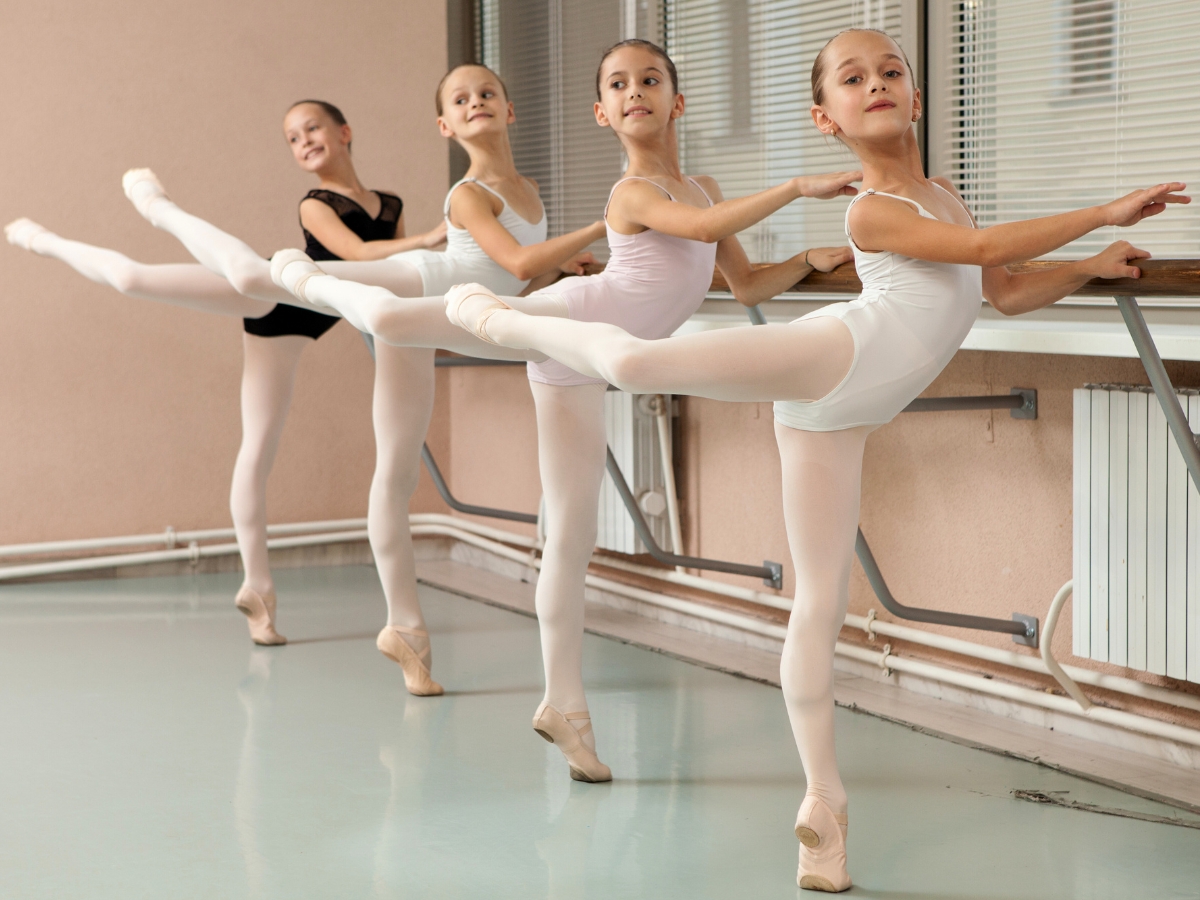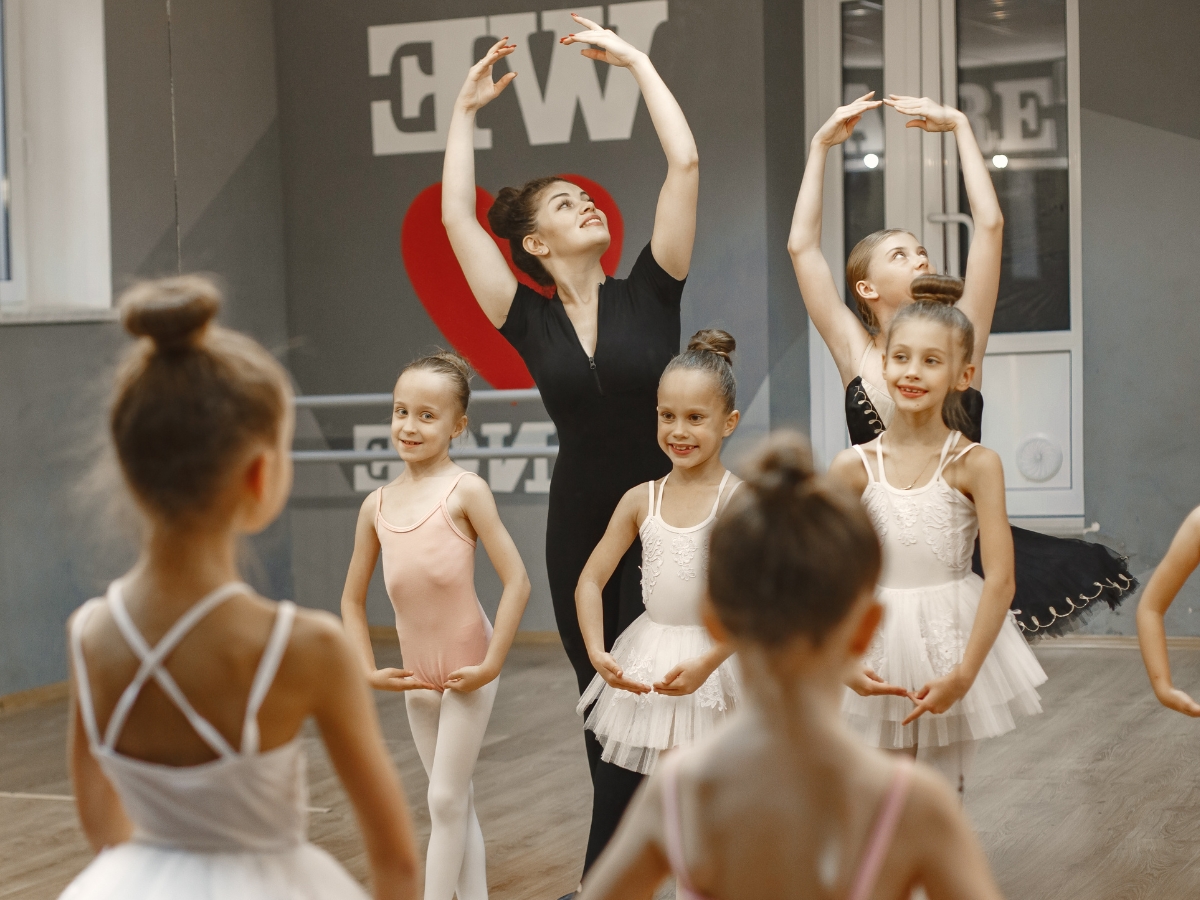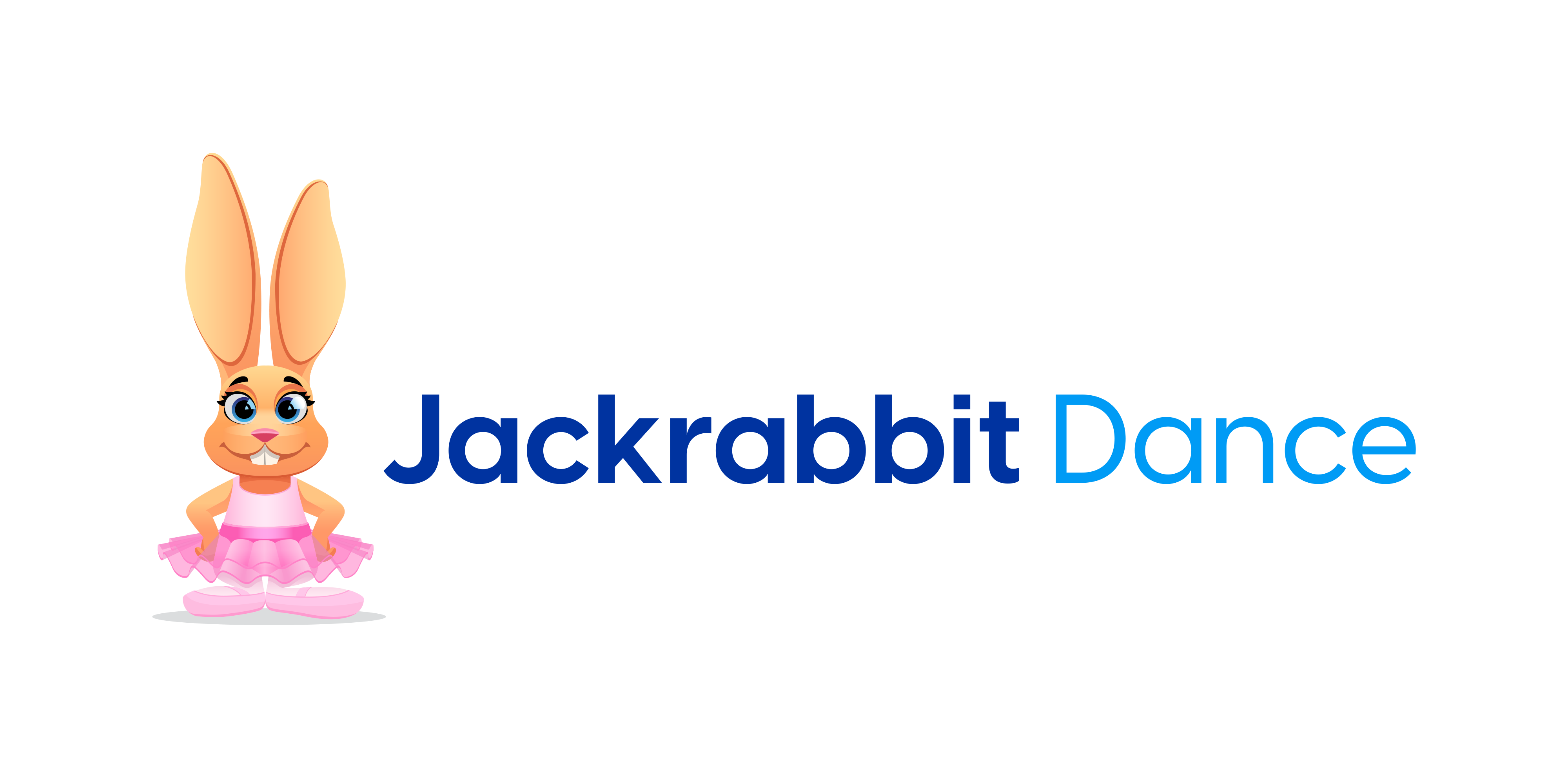Pointe shoes are an essential part of every ballerina’s outfit, completing the look and allowing each dancer to perform with grace and strength on their toes. That’s why selecting the right pointe shoes are crucial for performance, comfort, and even injury prevention.
A poorly fitted shoe can lead to blisters, bunions, and even serious injuries, but using a well-fitted shoe enhances a dancer’s ability to execute movements with precision and ease no matter what level they’re dancing at. The process of selecting the right shoe for your ballerina requires some patience, but it’s a crucial investment in their ability to perform and enjoyment of the art. Let’s explore the steps to finding the right fit for your ballerina!
Understanding Foot Anatomy for Pointe Shoes
Every dancer’s feet are unique, and finding the perfect pointe shoes takes more than just buying the nicest pair you can find. For the right fit, you’ll need to evaluate the anatomy of your dancer’s feet. The structure of a dancer’s foot plays a significant role in selecting pointe shoes and it is important to keep the following criteria in mind:
- Foot Shape:
- Greek Foot: The second toe is longer than the big toe.
- Egyptian Foot: The big toe is the longest, with the other toes decreasing in length.
- Giselle (Square) Foot: The first three toes are of similar length.
- Arch Type:
- High Arch: Requires strong support to prevent excessive strain. Dancers with high arches may need shoes with a hard shank to provide additional stability.
- Medium Arch: A balanced arch that adapts well to most shoes, offering flexibility and support without requiring a specially reinforced shoe.
- Low Arch (AKA Flat Footed): Needs a more structured shoe to aid in proper alignment. A dancer with low arches may benefit from a shoe with a pre-arched shank to help lift the foot properly.
- Toe Length & Shape:
- Long or short toes impact the choice of the toe box and vamp length.
- A tapered or square toe shape influences how the shoe distributes pressure and the comfort level while dancing en pointe.
How to Choose the Right Pointe Shoes
Once a dancer understands their foot type, they can focus on selecting the right pointe shoe features:
- Toe Box Considerations: A wide toe box accommodates broader feet, while a narrow toe box suits slimmer feet. The toe box also determines how weight is distributed across the foot, which can impact balance and stability.
- Shank Strength & Flexibility:
- Soft: Suitable for beginners and those with high arches. A softer shank allows for easier roll-through and articulation of the foot.
- Medium: A balanced choice for most dancers, offering support while still allowing movement.
- Hard: Best for advanced dancers requiring strong foot support. A harder shank may take longer to break in but provides necessary reinforcement for demanding choreography.
- Vamp Length & Shape:
- Low: Allows greater flexibility but less support. This is ideal for dancers with shorter toes.
- Medium: A balanced option for various foot types, providing a combination of support and mobility.
- High: Offers more support for dancers with longer toes or high arches, preventing excessive sinking into the shoe.
- Shoe Material & Durability: Satin exteriors provide elegance, while inner materials determine longevity and support. Some pointe shoes incorporate newer technology, such as thermoplastic shanks, which last longer than traditional paste shoes.
The Importance of Professional Fitting
A professional fitting ensures that a dancer finds a shoe that supports their foot correctly. Key reasons for in-person fittings include:
- Expert assessment of foot structure, ensuring a precise match between foot shape and shoe design.
- The ability to try different brands and styles, as different manufacturers create shoes with subtle variations in fit and feel.
- Proper guidance on fit and comfort testing before purchasing, including checking for sufficient wiggle room for toes and proper alignment when en pointe.
Even dancers who have been wearing pointe shoes for years should have periodic fittings, as foot shape and strength can change over time. A properly fitted shoe can enhance a dancer’s technique and prevent injuries associated with improper alignment.
Common Mistakes to Avoid When Buying Pointe Shoes
Dancers should avoid these common pitfalls when selecting their pointe shoes:
- Choosing based on brand reputation rather than foot needs:
- Just because a well-known brand is popular doesn’t mean it will be the right fit for every dancer.
- Ignoring the advice of professional fitters:
- Fitters have extensive knowledge and experience in selecting the best shoes based on a dancer’s individual needs.
- Failing to check for proper alignment:
- Pointe shoes should align with the natural structure of the foot to prevent excess pressure on certain areas.
Caring for Your Pointe Shoes
Like any part of a ballerina’s outfit, proper maintenance extends the lifespan of pointe shoes! Keep your ballerina’s shoes in the best condition by:
- Breaking In Pointe Shoes: Use safe techniques, such as gently softening the shank and toe box without compromising support. Avoid extreme methods, such as crushing the box or bending the shank excessively, as this can shorten the shoe’s lifespan.
- Storage & Maintenance: Keep shoes dry to prevent the breakdown of materials. Store them in a breathable bag and allow them to air out between uses to avoid excessive moisture buildup.
- Rotating Pairs: If your ballerina dances frequently and your budget allows, consider rotating between two or more pairs of pointe shoes. This allows each pair to dry out fully between uses, extending their usability.
Pointe shoes are an investment in a dancer’s long-term success, and taking the time to find the right pair can make all the difference in their training and performance. Understanding foot anatomy, choosing good shoes, and seeking professional fittings help dancers find their perfect match. Always consult with experts before purchasing, and take proper care of pointe shoes to maximize their lifespan. Whether your ballerina is learning their first steps or already performing, ensuring the right fit can help prevent injuries and improve technique.
Looking for the perfect fit for managing your dance studio? Try Jackrabbit Dance on for size! Designed specifically for dance studios, Jackrabbit Dance can help streamline registrations, efficiently handle billing processes, and foster meaningful connections with your dancers, customers and staff. Try it today with a 30-day free trial!





